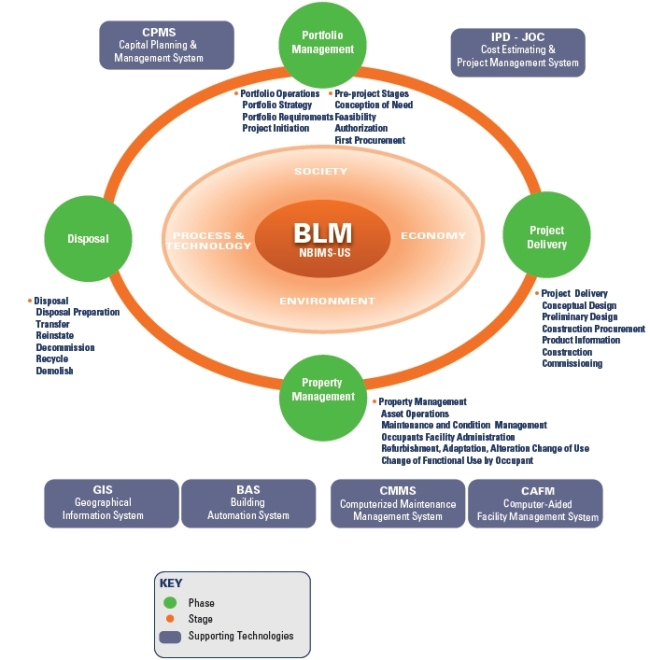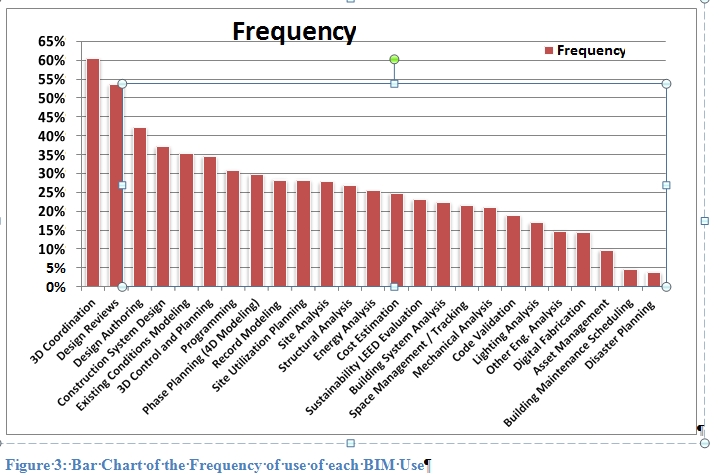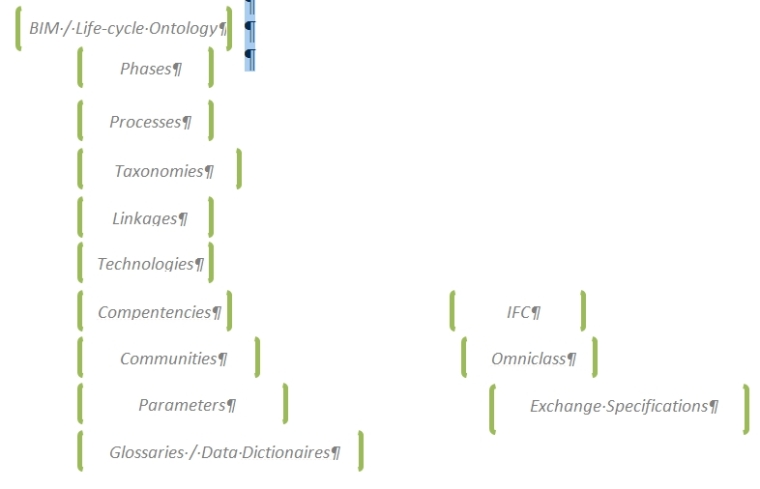It’s time for Owners to stop the marketing… Stop hyping their LEED Silver or “Whatever” Buildings… and actually participate in life-cycle management of the built environment supported by digital technology. This is the real BIM / BLM (built-environment life-cycle management) and it’s critical to the financial, economic and mission goals of many/most organizations.
Improved decision making with respect to construction, repair, renovation, operations, and sustainability of the built environment, as well as associated efficient construction project delivery has several basic requirements.
1. Recognition and consistent implementation of built-environment life-cycle management (BLM) “best practices” relative to business processes, workflows, requisite competencies, technologies, information management requirements, and associated metrics.
2. Standardized robust terms, definitions, and inter-relationships for all associated built environment practice areas and/or competencies.
3. A focus upon life-cycle costs vs. first costs in terms finance and environmental impact.
4. Collaborative project delivery methods and practices such as Integrated Project Delivery (IPD), Job Order Contracting, (JOC), and Public Private Partnerships (PPP) vs. traditional ad-hoc and antagonistic methods such as design-bid-build (DBB) or interim methods such as design build (DB).
5. Continuous monitoring and improvement.
Owners pay the bills are ultimately responsible for managing the built environment efficiently. It’s beyond time that many/most Owners get started!




